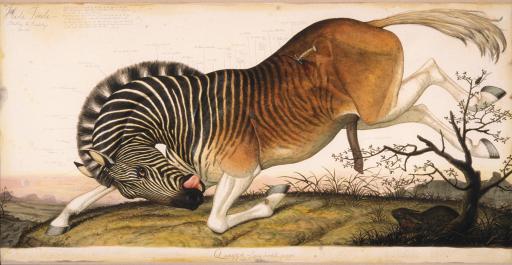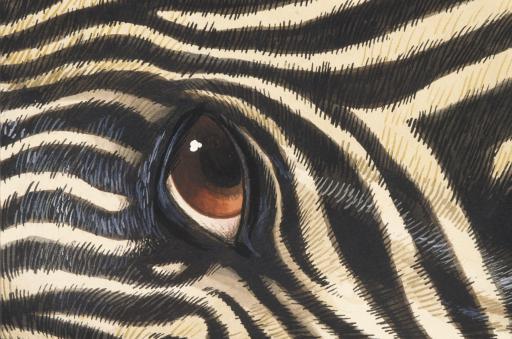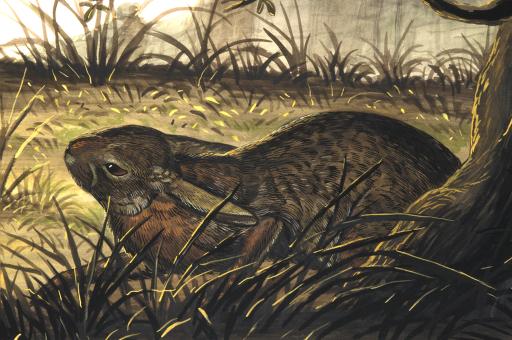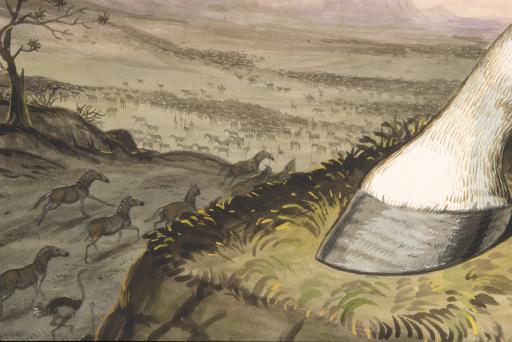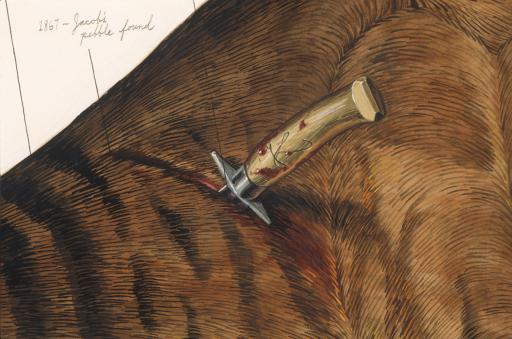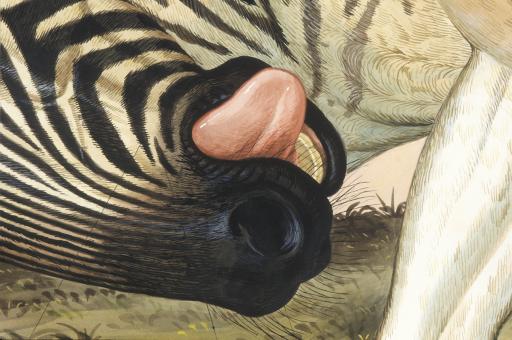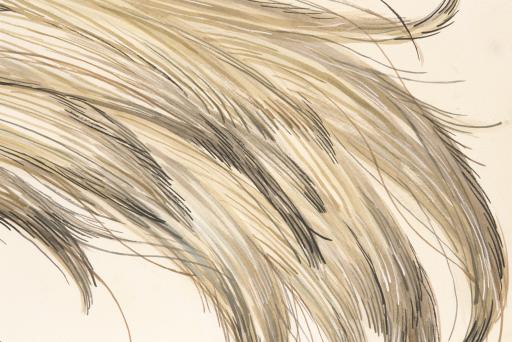Hide Trade, Walton Ford
Artwork Overview
Walton Ford, artist
born 1960
Hide Trade,
1998
Where object was made: United States
Material/technique: paper; watercolor
Dimensions:
Sheet/Paper Dimensions (Height x Width): 60 7/16 x 119 11/16 in
Sheet/Paper Dimensions (Height x Width): 153.5 x 304 cm
Frame Dimensions (Height x Width x Depth): 64 1/4 x 123 1/4 x 3 1/4 in
Sheet/Paper Dimensions (Height x Width): 60 7/16 x 119 11/16 in
Sheet/Paper Dimensions (Height x Width): 153.5 x 304 cm
Frame Dimensions (Height x Width x Depth): 64 1/4 x 123 1/4 x 3 1/4 in
Credit line: Museum purchase: Peter T. Bohan Art Acquisition Fund and State funds
Accession number: 1999.0021
Not on display
If you wish to reproduce this image, please submit an image request
